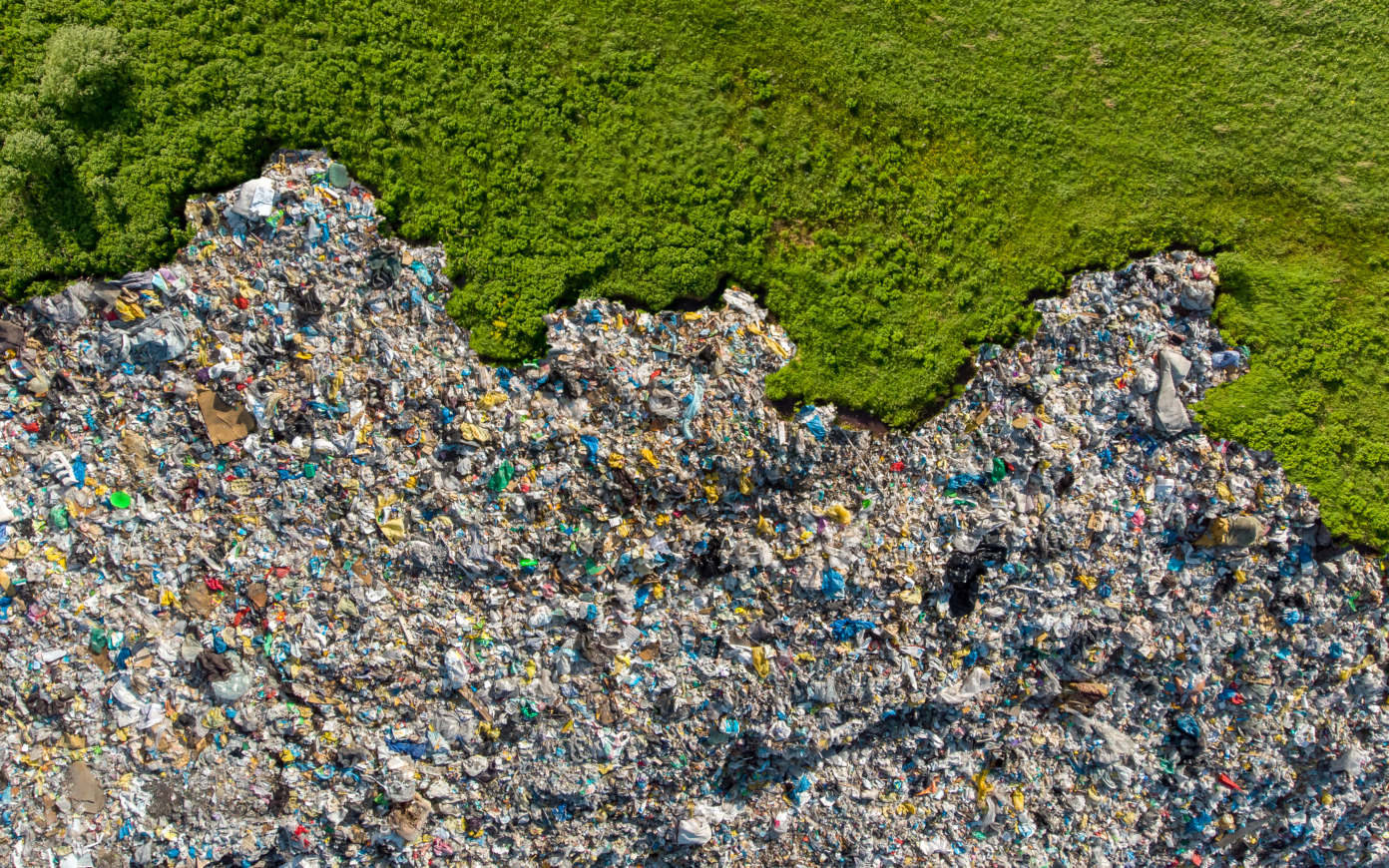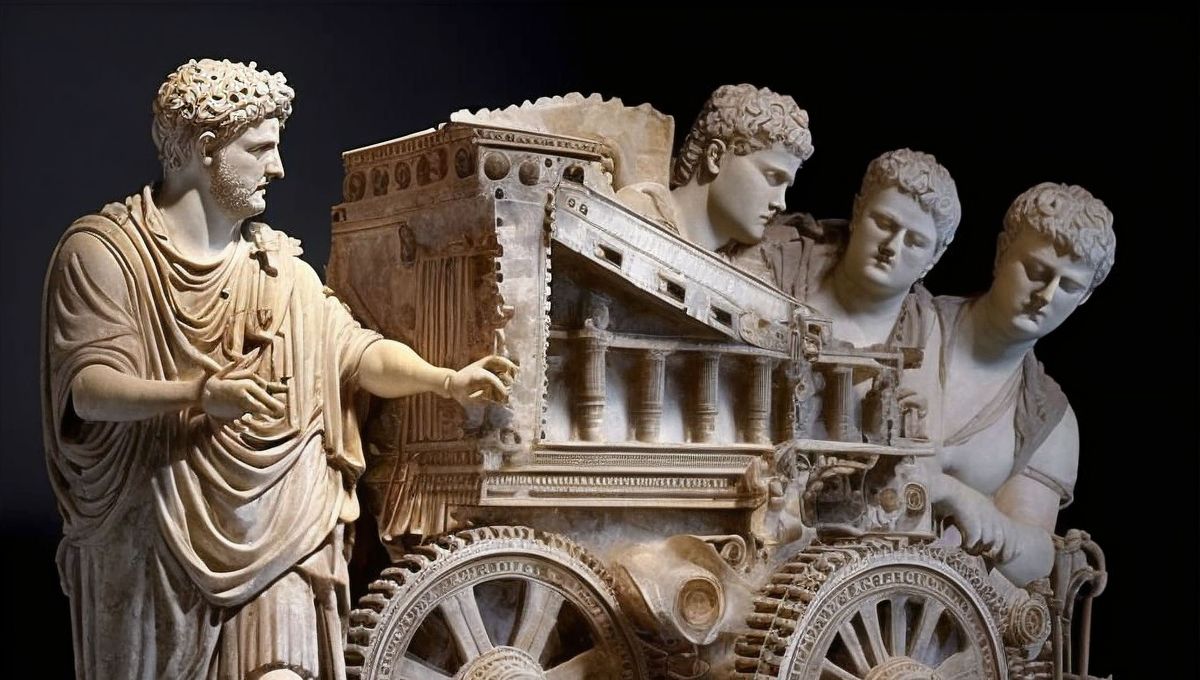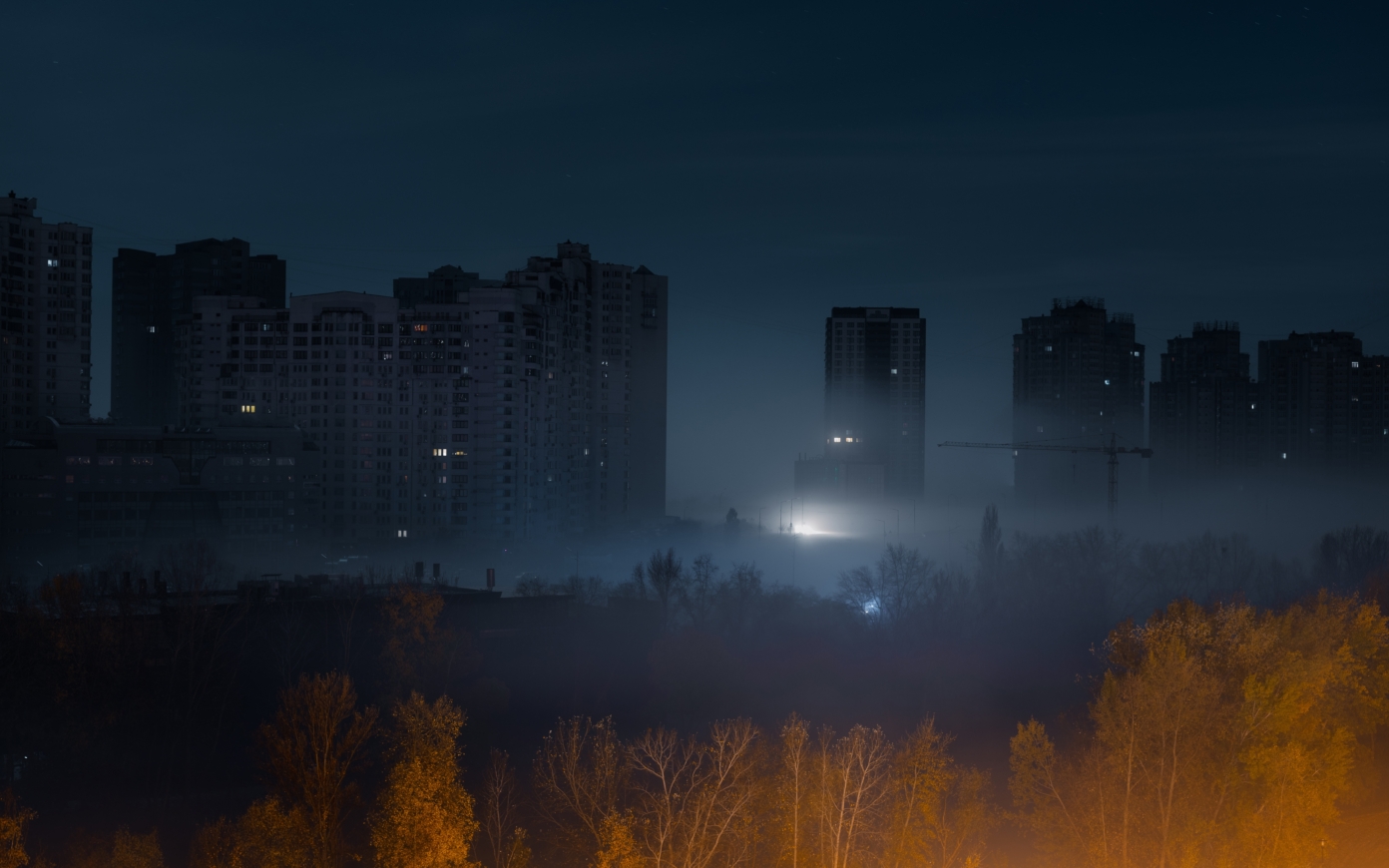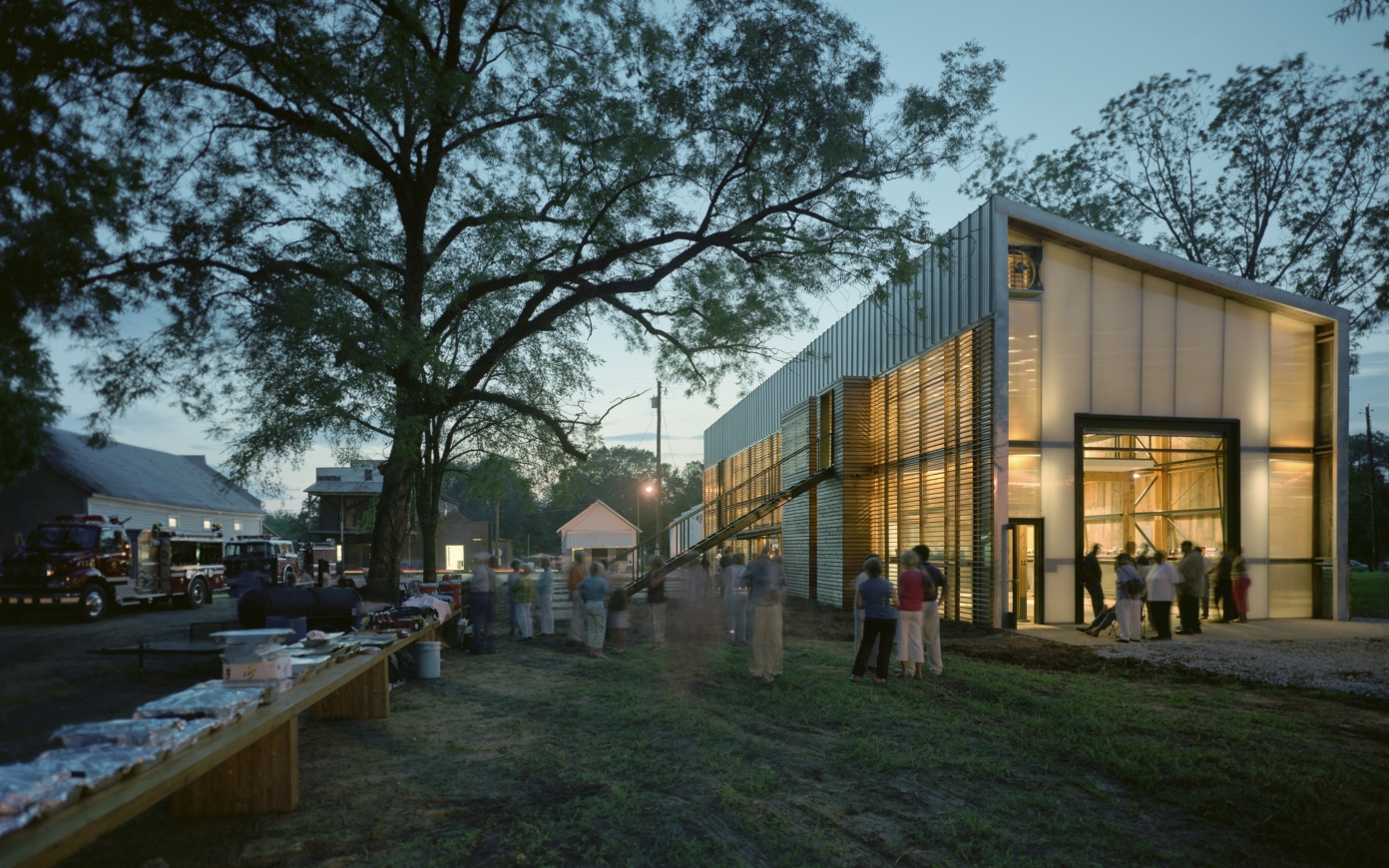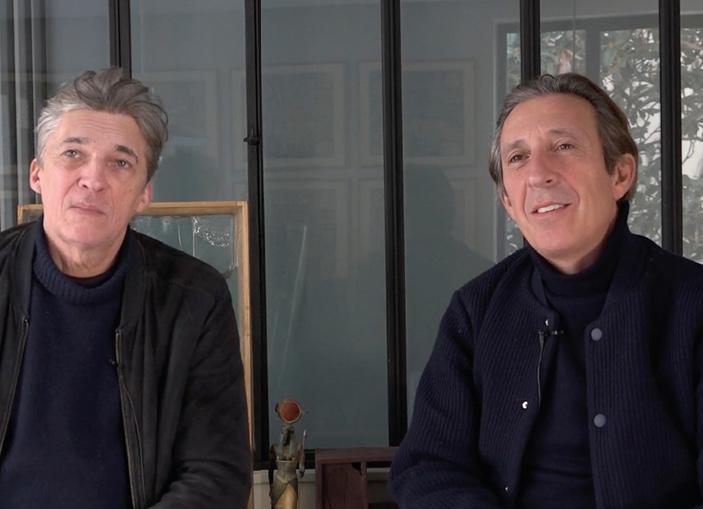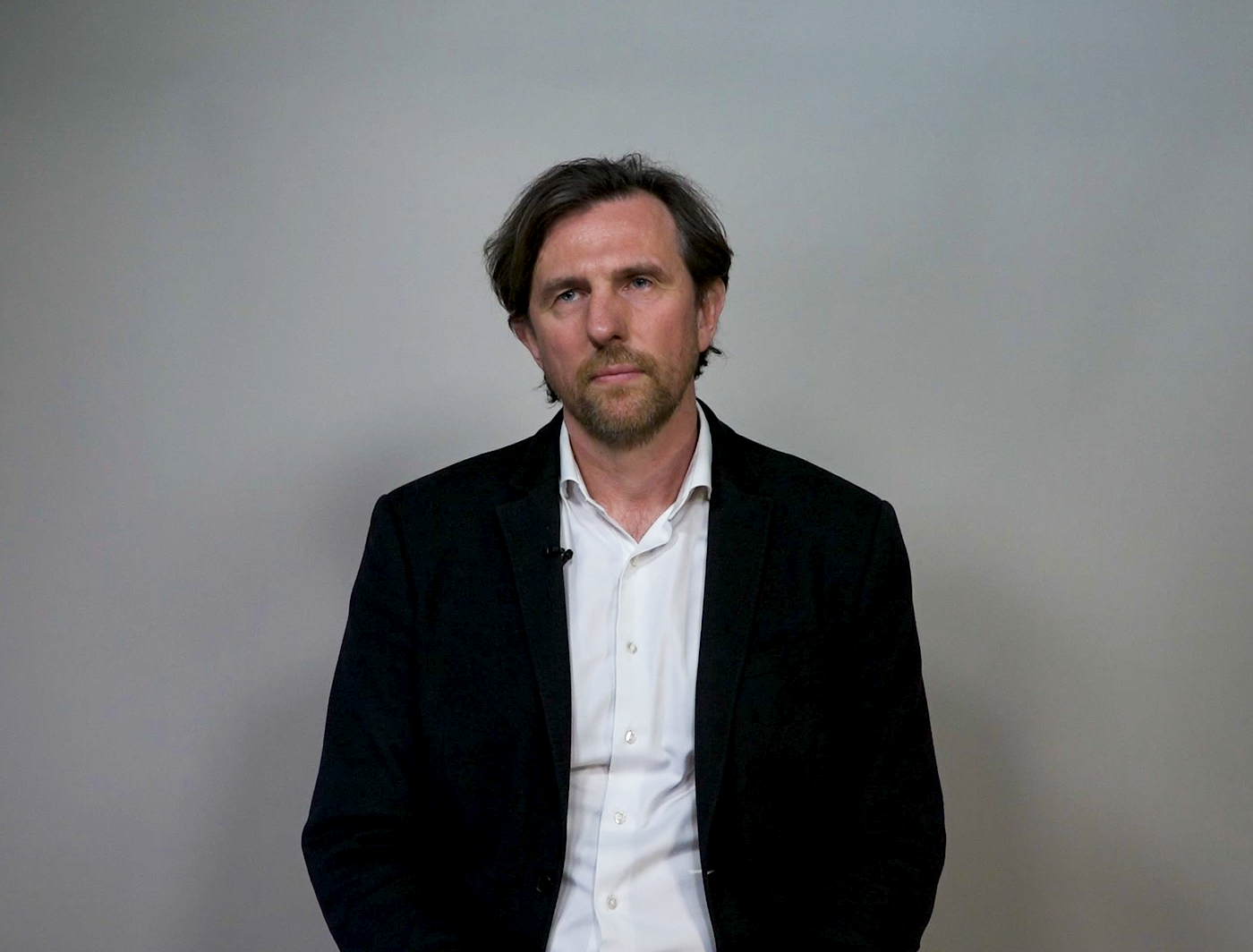Urban interlacing of the PB22 towers

- Publish On 2 May 2017
In the context of a revitalization of La Défense, PCA-STREAM has imagined a complex form that grows through morphogenesis. The two towers of different sizes, 235 meters and 145 meters, represent 90,000m² and 45,000m² respectively, with around 8,000m² of facilities and commercial spaces at the foot of the towers. This configuration, preferred to a larger single tower, allows for a larger exploitable surface and, more importantly, to embody a programmatic ambition: the first tower houses offices, a daytime activity while the second contains accommodation and a hotel, used at night. A dynamic emerges between the two towers through their base, an element of urban interlacing in public space.

